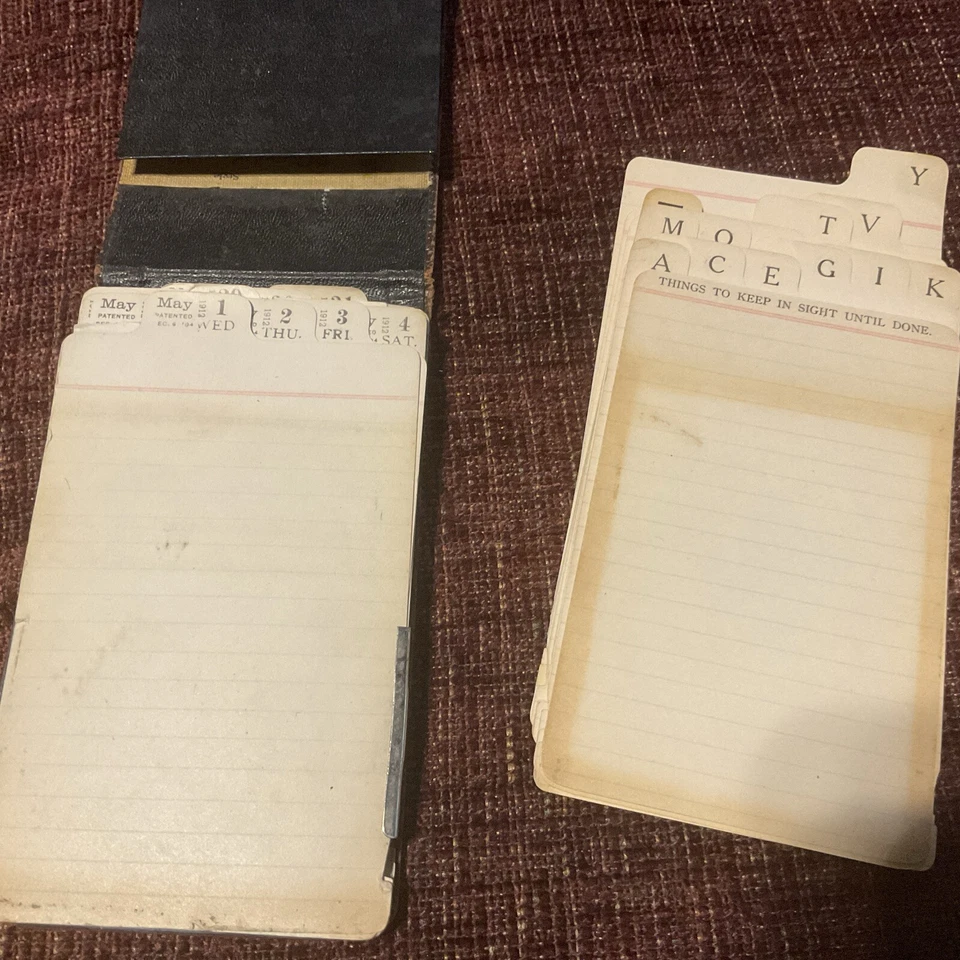Wilson Jones Co., est. 1893 by [[Made-in-Chicago Museum]]
Henry T. Sisson
patents
Friedrich Soennecken
3-ring binders
Wilson Jones Co.
Ralph B. Wilson
Chicago Shipping and Receipt Book Co.
loose leaf paper
W. Gifford Jones
Harry S. Jones
Benjamin Kulp
Irving-Pitt Manufacturing Co.
Samuel C. Tatum Co.
labor relations
strikes
Swingline
ACCO
read
3 hole punch





